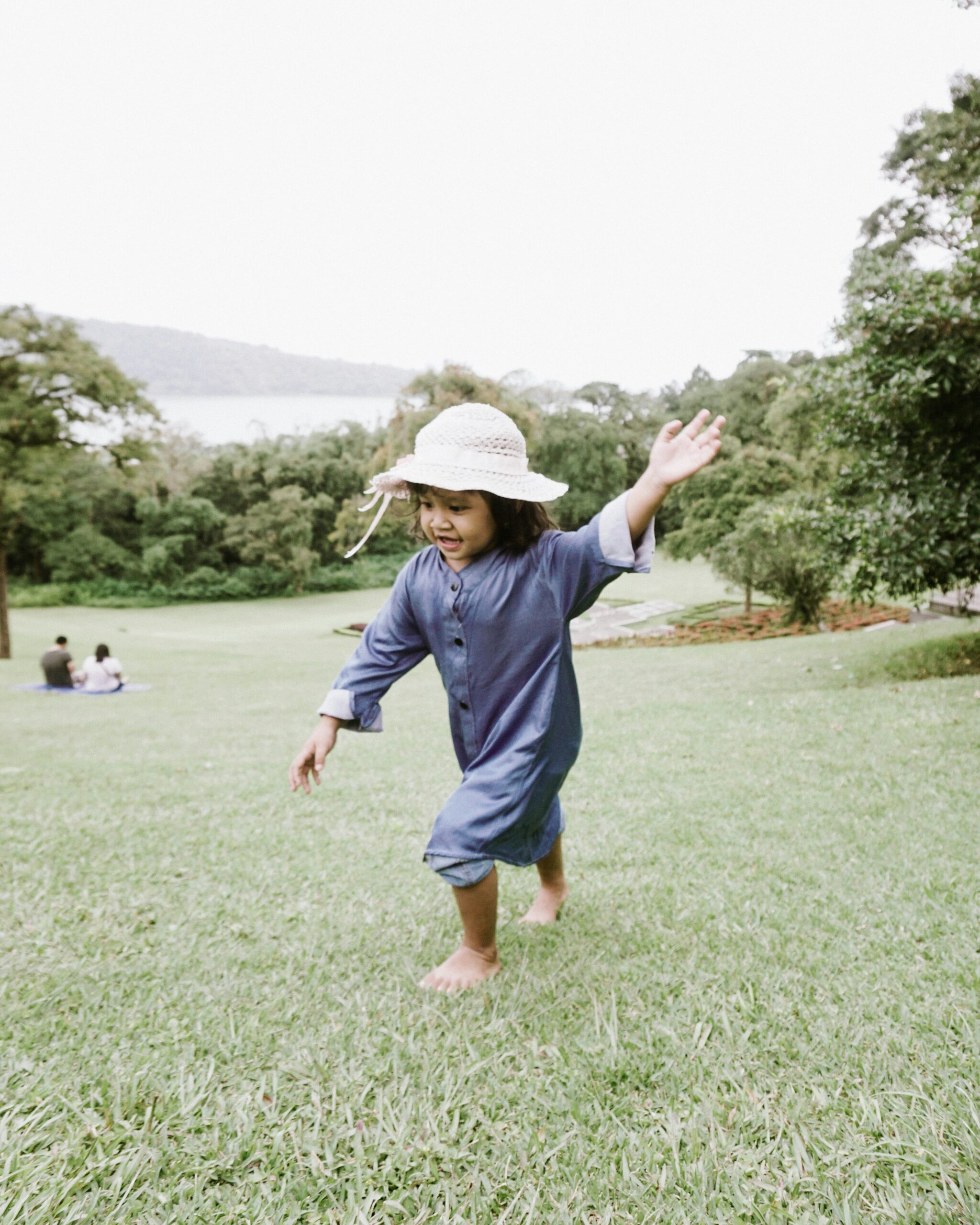By: Alisa Almeida
As parents, caregivers, and educators, we often focus on helping children thrive academically, socially, and behaviourally. Yet one of the most valuable — and sometimes overlooked — skills children can learn is how to understand and manage their emotions. Emotional regulation forms the foundation for resilience, self-esteem, and healthy relationships throughout life.
The Garden Metaphor
Imagine a child’s emotional world as a garden. Each feeling is like a different plant — some are bright and joyful, like excitement or curiosity, while others, such as anger, fear, or sadness, can feel prickly or difficult to care for.
Emotional regulation doesn’t mean pulling out the “weeds” or ignoring unpleasant emotions. Instead, it’s about learning to tend to the whole garden, offering each feeling the care, attention, and space it needs to grow in balance.
When children are young, their “gardening tools” — patience, perspective, and self-soothing — are still developing. Adults play a key role in guiding them. When we help children name their emotions (“It looks like you’re feeling frustrated”) and model calm coping strategies (“Let’s take a deep breath together”), we teach them how to nurture their garden rather than letting it become overrun.
Why Emotional Regulation Matters
Children who develop strong emotional regulation skills:
- Build healthier relationships and communicate more clearly
- Develop a stronger sense of self-worth
- Show improved focus and problem-solving skills
- Become more resilient when facing challenges
Without these skills, children can feel overwhelmed by their inner experiences. They might lash out, withdraw, or struggle to trust others with their feelings. Over time, this can affect their confidence and emotional well-being.
How to Help Children Grow Their Emotional Garden
- Name and Normalize Feelings – Help children label emotions without judgment. “It’s okay to feel angry — everyone feels that way sometimes.”
- Model Regulation – Children learn most from what we do. Show them how you calm yourself when you’re upset.
- Practice Coping Skills – Try simple tools like deep breathing, movement, or comforting words to manage strong emotions.
- Create Safety – A child can only explore emotions when they feel safe and accepted. Remember: connection before correction.
- Encourage Reflection – Once calm returns, talk about what helped and what didn’t. This builds self-awareness and emotional strength.
A garden doesn’t flourish overnight — it takes time, patience, and care. The same is true for emotional regulation. When we help children tend to their inner garden — nurturing empathy, patience, and understanding — we give them lifelong tools to weather life’s storms and continue to grow.
